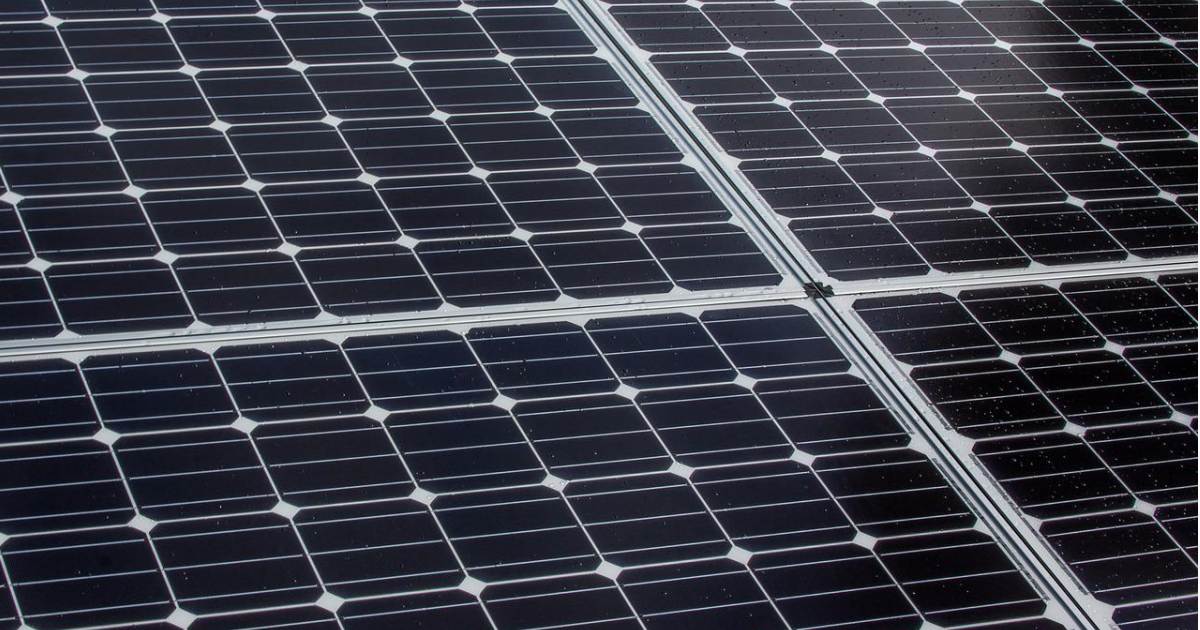
Further to late April’s announcements, there are more changes ahead for Victoria’s popular Solar Homes program – here’s what’s happening.
The Andrews Government’s State Budget handed down yesterday is providing more than $42 million in funding for Solar Victoria, the agency overseeing the Solar Homes program. For households not quite ready to get started on a panel installation, there’s good news. For prospective battery buyers holding off, they may want to consider moving ahead.
Solar Panel Subsidy Level Maintained
Victoria’s solar panel rebate currently offers up to a $1,400 point-of-sale subsidy on a system purchase up to the end of the financial year. Last night, Solar Victoria announced that maximum level will be maintained during the 2022-23 financial year. 64,000 subsidies will be available for owner occupied and rental households installing solar PV systems in FY22/23.
Solar Battery Subsidy Reduction
With regard to Victoria’s solar battery rebate, that currently provides a point of sale discount up to a maximum of $3,500. From July, that will drop to a maximum of $2,950. Solar Victoria says this is “in line with an anticipated drop in battery prices,” which could turn out to be wishful thinking. However, there will be more rebates available – an extra 1,700; bringing the total for 2022-23 to 5,200.
At the time of writing there were still 2,213 solar battery rebates available at the maximum higher subsidy of $3,500.
While the looming reduction puts a bit of pressure on, a home battery is a significant investment even with the subsidy – so do your research. A good start to that research can be made by reading SolarQuotes Founder Finn Peacock’s “101” guides to understanding, buying and owning a battery system.
Since the Solar Homes program was launched in 2018, it has supported the installation of solar power, solar hot water or solar batteries on more than 193,000 homes.
“The Solar Homes program continues to deliver the future of energy to Victorian homes,” said Solar Victoria CEO, Stan Krpan. “We are powering ahead with Victoria’s transition to renewables and will continue to support Victorians to transition to a renewable, clean energy future.”
The latest news follows an announcement late last month detailing changes to the program providing greater access to various subsidies and loans for households and businesses.
For summaries of support and incentives available in Victoria and other states/territories across Australia for solar in 2022 (and also electric vehicles), check out SQ’s rebates and subsidies page.
Lily Has Last Laugh
On a related note, the Solar Homes program is supporting Victoria’s 40 per cent target for renewable energy by 2025. The Andrews Government recently stated household PV is expected to generate 12.5 per cent by that time.
A report from the Australian Energy Market Operator released last week noted wholesale electricity prices in the National Electricity Market (NEM) had skyrocketed in states with the greatest dependence on black coal power – Queensland and New South Wales. However, higher incidences of zero or negative wholesale prices occurred in southern states where renewables play a greater role.
Commenting on the situation, Victorian Minister for Energy, Environment and Climate Change and Minister for Solar Homes Lily D’Ambrosio tweeted:
“We invested early in renewables and continue to lead the nation – driving down energy bills, insulating Victorians from changes in global markets and creating thousands of new jobs. The naysayers and deniers got it wrong again.”
Depending on what Minister D’Ambrosio was referring to, “leading the nation” may be a bit of a stretch as Tasmania led the states on renewables-based energy generation in 2021, with South Australia in second place followed by Victoria.

 RSS - Posts
RSS - Posts



Seems likely there will be some additional delays in the supply of batteries to OZ, as it is possible there could be some shortage of supply of refined lithium and boron.
The mining of the ore from which those are extracted is in the hands of miners such as Rio-Tinto, and there are growing concerns about the environmental pollution they leave behind them in the form of ‘tailings’ which then over time leach into rivers, surrounding fertile land etc.
There were large protests in Serbia recently over a proposal to mine for lithium in Serbia in a very fertile area that is basically the ‘food bowel’ for Serbians themselves, making them virtually self sufficient in food, and also providing a useful source of export income. There were massive public protests once the population realised the full longer term implications.
The actual deposits are some 700 metres below the surface.
Currently, the Serbian government claims to have now. cancelled the project (they were the ones who originated it in the first place also against the wishes of the whole population)
See https://balkaninsight.com/2021/10/25/lithium-lobbying-the-mining-plan-in-serbia-thats-too-big-to-fail/
The article caught my interest because the overall scenario seemed similar to what’s gone on here in OZ in recent years.